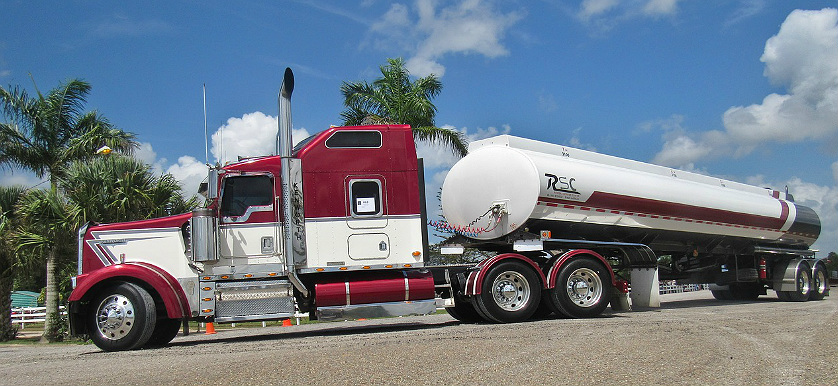KPI of the Day – Logistics: # Fuel consumption per distance ran

Definition
Measures the average amount of fuel used per unit of distance. It is most commonly measured in liters per 100 kilometers (l/100 km) or gallons per mile (GPM).
Purpose
To calculate the average level of consumption, as this helps to estimate costs and optimizing fuel usage.
Recommendations
Measuring fuel consumption in liters per kilometers or GPM, conveys the amount of gas that will be used, more intuitively than a kilometer per liter or miles per gallon, which can be misleading. There are numerous variations in driving styles and road conditions, car and weather, all of which can have a bearing on the results achieved.
When related to logistics and distribution, fuel consumption can have a major impact on operational costs. Measuring # Fuel consumption per distance ran is of vital importance for the logistics and distribution industry, since fuel is considered a high-cost commodity and a major budget feature for all vehicle fleets that distribute merchandise.
As the second-largest expense for trucking organizations in the supply chain, labor costs being the first, increasing fuel efficiency and minimizing fuel consumption are certainly major objectives for logistics and distribution companies around the globe. Transport is currently also responsible for around a quarter of total greenhouse gas emissions, which generally exerts pressure on maintaining compliance with environmental regulations.
There are a variety of factors that have a significant influence on fuel consumption as an important cost consideration for logistics and distribution organizations: personal use of fleet by employees, improper scheduling, inefficient use of the fleet.
In order to decrease fuel consumption for the benefit of the logistics and distribution channel, the following recommendations are implied:
- Ensuring proper fleet maintenance is conducted at regular time intervals;
- Implementing a speed monitoring system;
- Optimizing the scheduling and routing of the fleet;
Proactively managing fuel expenditures can decrease costs and increase profits without increasing fleet size or hiring more drivers, at the expense of the logistics and distributions company.
Enacting efficient fuel management policies and procedures and making the most of an integrated fuel management system can make the difference between watching the profits leak out the exhaust pipe or making operations become stronger and more competitive.
Image source:

Tags: KPI, Logistics performance





